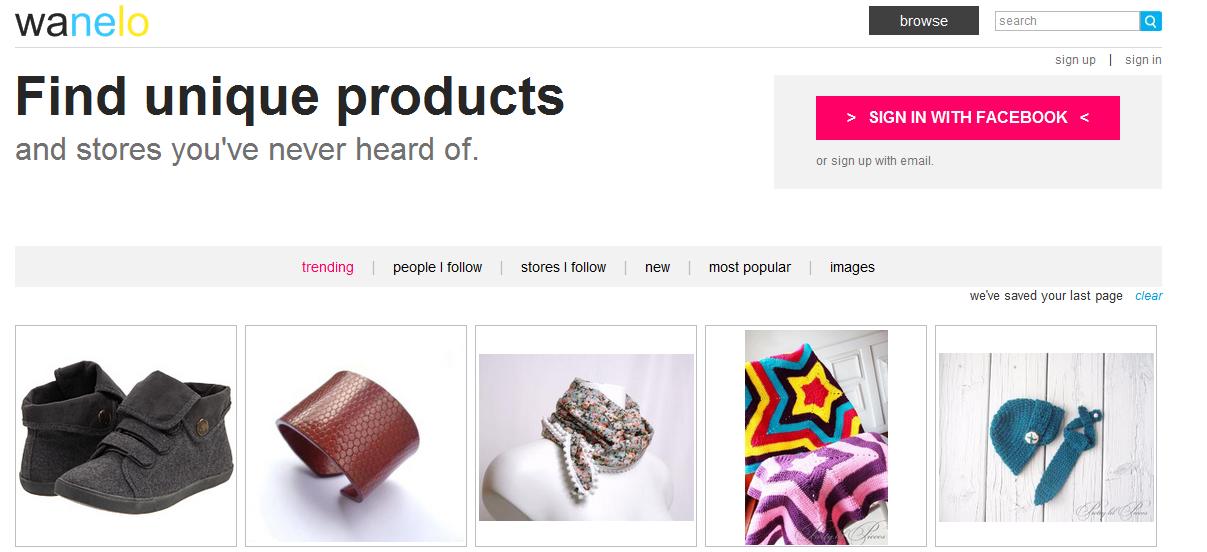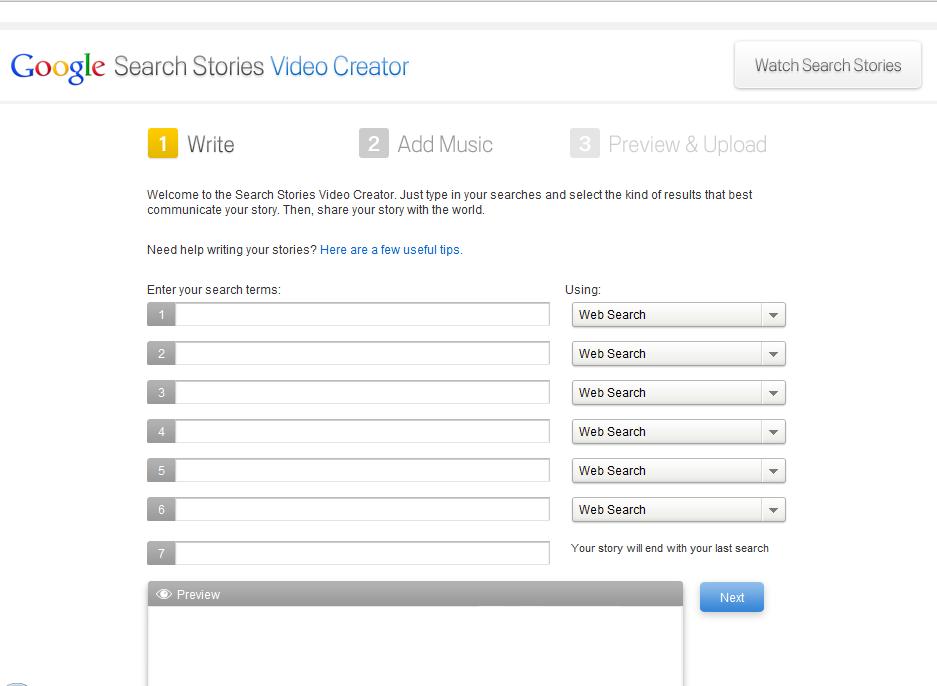One of my hobbies for the last few years has been Korean pop music, colloquially known as K-pop. Modern Korean pop music originated in the 1990s and has grown to become one of Korea’s largest ‘exports’ after the ‘Korean Wave’ spread all around the world thanks to online sharing outlets such as Facebook, Youtube, and Twitter.
K-pop has many selling points that differentiate it from other genres of music, but explaining it would take too long and isn’t the purpose of this post. K-pop in short:
- Catchy, upbeat songs
- Songs are complimented by a memorable and repetitive dance
- Artists are young and good-looking (some are as young as 14 at the time of debut)
- Here is an example: watch?v=HtJS32n6LNQ
Now I got into K-pop back in 2006 and it was concentrated in Korea, with just two artists attempting to break into Japan. That’s it. Fast forward to 2012 and we’ve got sold-out concerts in Japan, Paris, Brazil, Chile, Peru, Germany, London and more. I’ve had the pleasure of witnessing how this genre of music as well as the marketing that comes with it has become an global phenomenon.
K-pop has been spread by existing fans since the early 2000s, but it really blew up in 2009 when entertainment companies began posting official music videos on YouTube. YouTube allowed the reach of K-pop to go much, much further than just Korea and Asia as it is the website that most Westerners use to watch videos.
Now, this is the result. SNSD’s ‘
Gee’ has accumulated 67,000,000 views on YouTube since its original upload date in the summer of 2009. While this is the K-pop video with the highest number of views, many K-pop music videos easily average around 30,000,000 views.
Although YouTube is the main channel that companies used to spread K-pop, they have also actively used Facebook and Twitter to interact with consumers, or ‘fans’. SM Entertainment, which created and manages many of Korea’s top acts today, has began utilizing Facebook as a channel to communicate with international fans (as they only post in English). They not only created a page for their company/all their artists, which currently has 1.1 million likes, they also created a page for each of their artists, making the individuals more concise and specialized. SM Entertainment uses the pages to hold contests, release news articles, tease upcoming releases/groups and upload pictures of their artists attending various events. This gives SM Entertainment the channel to reach far more people (through utilizing Facebook’s 500 million user base) and also the ability to connect and engage fans.
With the same benefits and objective as using Facebook, entertainment companies as well as the artists themselves have created Twitter accounts to further engage with fans. Most Korean artists nowadays has a Twitter to promote their albums and upload pictures that they took of themselves (called ‘selcas’, short for ‘self-cam’). A few lucky fans have also gotten replies from the artists! JYJ member Kim Jaejoong currently has 750,000 followers, and he uses Twitter to express his feelings and share pictures with his face, like this one:
As a veteran ‘K-pop’ fan, I can say that without e-Marketing and online channels such as YouTube, K-pop would never have made it outside of Korea, let alone having sold-out concerts all over the world.













